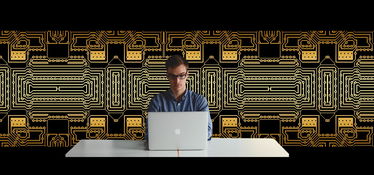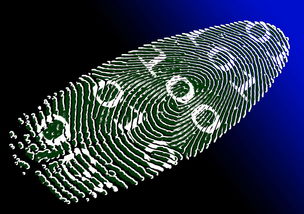In the era of rapid technological advancement, the benefits of technology applications have become an integral part of our daily lives. From enhancing communication to improving health care, the advantages of technology are vast and varied. This essay will explore some of the key benefits that technology applications bring to our lives, including increased efficiency, better access to information, improved health outcomes, and enhanced social connections.
One of the most significant advantages of technology applications is the increase in efficiency. Automation and digital tools have revolutionized industries, reducing the time and effort required to complete tasks. For instance, project management software allows teams to collaborate more effectively, tracking progress and managing resources with ease. Similarly, automated systems in manufacturing reduce the need for manual labor, leading to faster production times and higher quality products. The efficiency gains from technology applications not only save time but also reduce costs, making businesses more competitive and allowing individuals to accomplish more in their personal lives.
Access to information is another critical benefit of technology applications. The internet has become a vast repository of knowledge, accessible to anyone with a connection. Educational resources, news, research papers, and a multitude of other information can be found with just a few clicks. This democratization of information has empowered individuals to learn and grow at their own pace, regardless of their geographical location or socioeconomic status. Moreover, technology applications like search engines and recommendation algorithms have made it easier to find relevant information quickly, further enhancing the learning experience.

Improved health outcomes are yet another significant advantage of technology applications. Telemedicine, for example, allows patients to consult with doctors remotely, which is particularly beneficial in rural areas or for those with limited mobility. Wearable technology and health apps monitor vital signs and physical activity, providing users with insights into their health and encouraging healthier habits. Additionally, advancements in medical technology, such as AI-powered diagnostics and robotic surgery, have led to more accurate diagnoses and less invasive procedures, improving patient outcomes and reducing recovery times.
Enhanced social connections are also a notable benefit of technology applications. Social media platforms and messaging apps have made it easier than ever to stay in touch with friends and family, regardless of distance. These tools have also facilitated the formation of new connections, allowing people to find communities with shared interests or support networks. Furthermore, technology has enabled virtual events and conferences, bringing together individuals from around the world to share ideas and collaborate on projects.
However, it is important to acknowledge that while technology applications offer numerous benefits, they also present challenges. Privacy concerns, the digital divide, and the potential for increased isolation are issues that must be addressed. As technology continues to evolve, it is crucial to develop policies and practices that ensure these benefits are accessible to all and that potential negative impacts are mitigated.
In conclusion, the advantages of technology applications are manifold and transformative. They have increased efficiency, provided better access to information, improved health outcomes, and enhanced social connections. As we continue to integrate technology into our lives, it is essential to be mindful of the challenges it presents and to work towards solutions that ensure technology serves as a force for good. By doing so, we can harness the full potential of technology to improve our lives and the world around us.









